Atlantic MFHF Propagation (10min cadence) G7IZU RRD
If you want to learn more about propagation and what all this information is talking about please check out this excellent presentation about propagation. Understanding HF/VHF/UHF/SHF Propagation Paul L Herrman N0NBH 11 July 2010. CONUS HF BAND CONDX. This pages shows the actual real time conditions

The Exotic World of HF Propagation YouTube
This page was first created as HFRadio.org in the mid 1990s, and morphed here in 1998, by Tomas David Hood (NW7US) Current Sunspot Cycle 25 Activity ~ Space Weather ~ Shortwave Radio Propagation [ How you can help this website ] Sun Spots: 149 as of 01/06/2024 :: 10.7-cm Flux: 159 SFU ( SFU=Solar Flux Units) 30 Minutes of Dazzling Sun!

HF Propagation Tutorials & Plates
Propagation This page contains a dynamic collection of propagation information gathered from many different sources. This data is extremely useful for ham radio operators and shortwave listeners to help determine whether or not long distance radio communications are possible. The current time is: 23:30 UTC on Sunday, January 07, 2024

Understanding HF propagation Rohde & Schwarz
A Snapshot of HF Bands Propagation in Real Time Get near real time data on the condition of the HF ham bands, DX Watch and more in a nutshell and near real time images of the sun Current Sunspot Cycle Activity and Space Weather Latest Sun Image - Near Real Time - Will PopUp in new Window Major Recent Solar Event Videos!
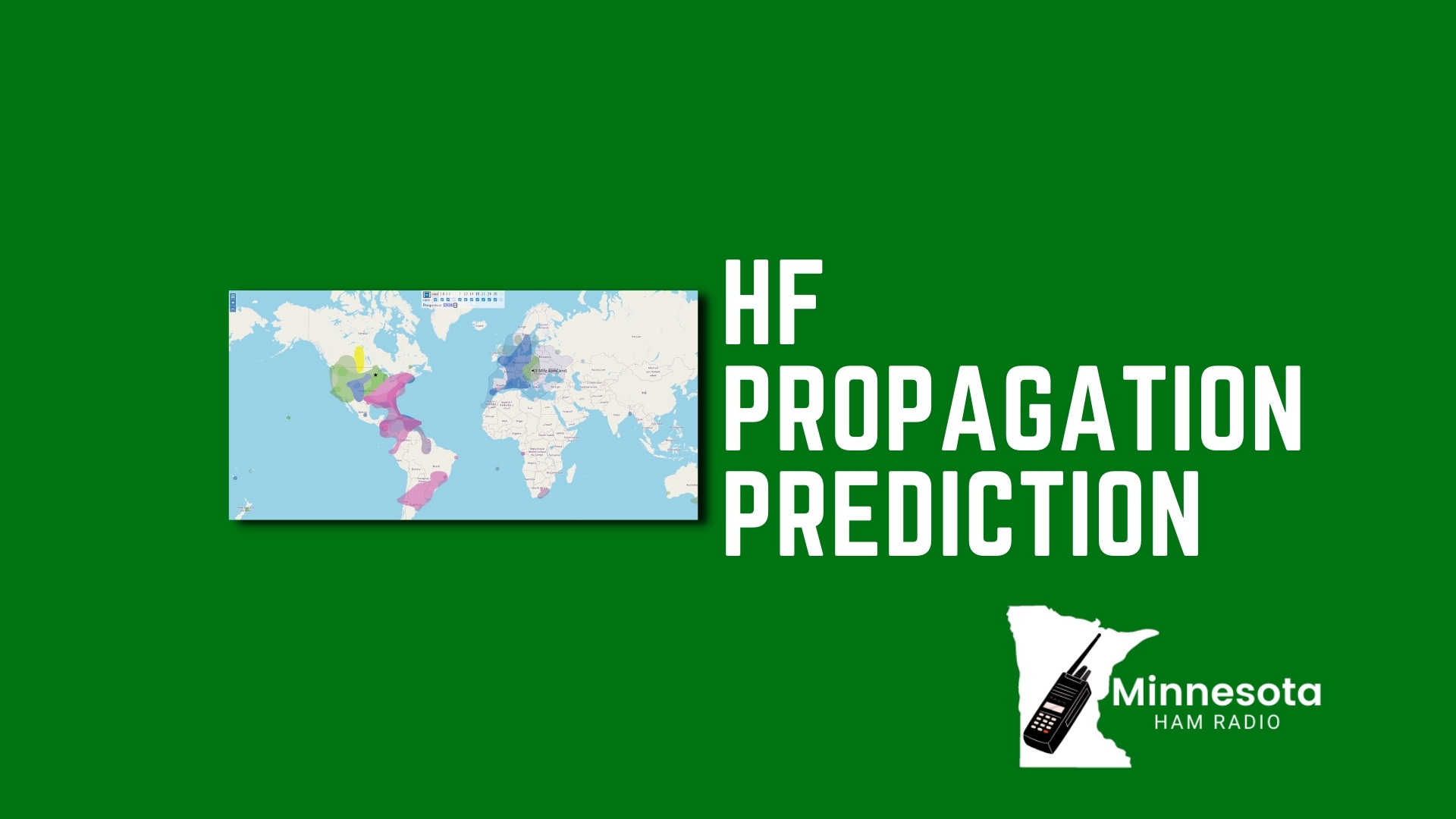
HF Propagation Map Helps You Visualize HF Propagation Minnesota Ham Radio
HF Propagation Map. This map shows real-time radio propagation from stations operating on 11 bands between 1.8 and 54 MHz in the amateur radio service. The display shows worldwide activity from the last 15 minutes and is automatically updated about every minute. JavaScript must be enabled to use see the real-time graphics.
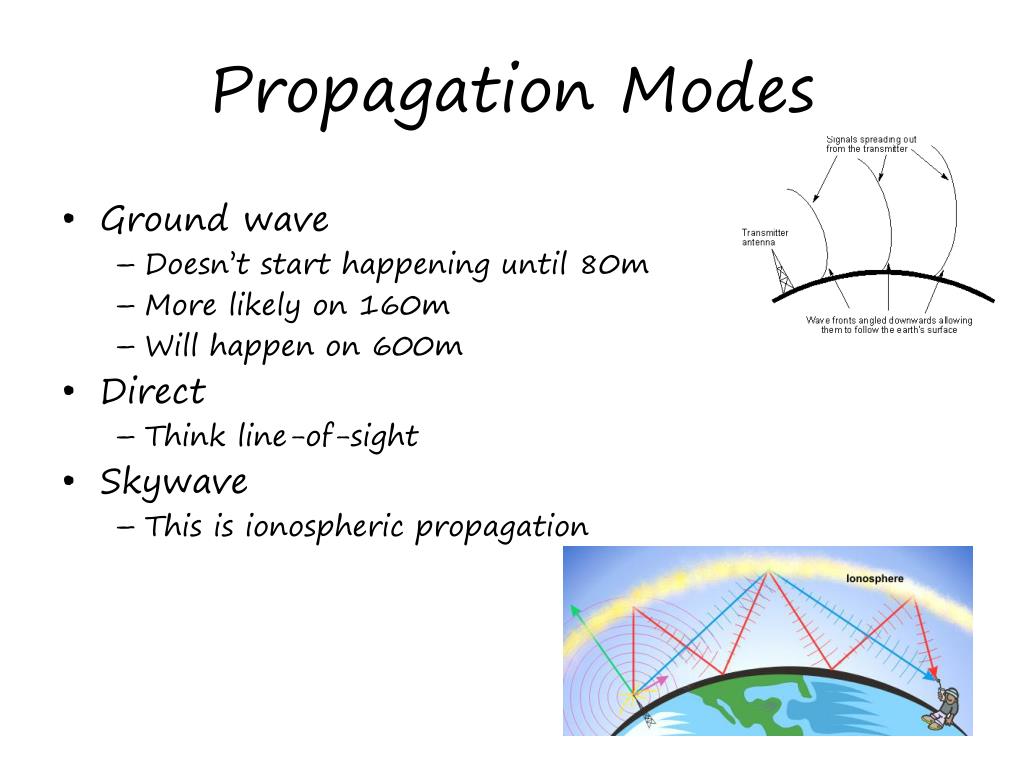
PPT HF Propagation PowerPoint Presentation, free download ID2225386
Below you will find charts showing the live conditions around the Earth for radio propagation as well as atmospheric conditions that can affect Ham Radio usage depending on frequency. These are great tools for HF and knowing what the conditions are if you plan on trying to make contacts on a particular day/time. Key for These Charts
Global HF Propagation G7IZU RRD
This MUF 3000 Km is a Live HF Propagation Map. 1. How to use this live propagation map ? 2. Additional notes 3. Animated map. Read more about Ham Radio Propagation Real Time . See also an index for HF Radio Propagarion. Don't miss out on this real-time MUF map for HF propagation predictions.

Understanding HF Propagation YouTube
HF Propagation Prediction DX VOACAP Information VOACAP Primer Required Signal‑to‑Noise Ratio VOACAP Quick Guide VOACAPL for GNU/Linux Sun Spot Number Real-Time Effective Sunspot Number: 1 Effective SSN e from fo,F2 Measurements, for VOACAP Use Coming Soon: Smoothed or Suited Sunspot Number? Predicted SSN 12 Months ahead Kalman Filter Improved
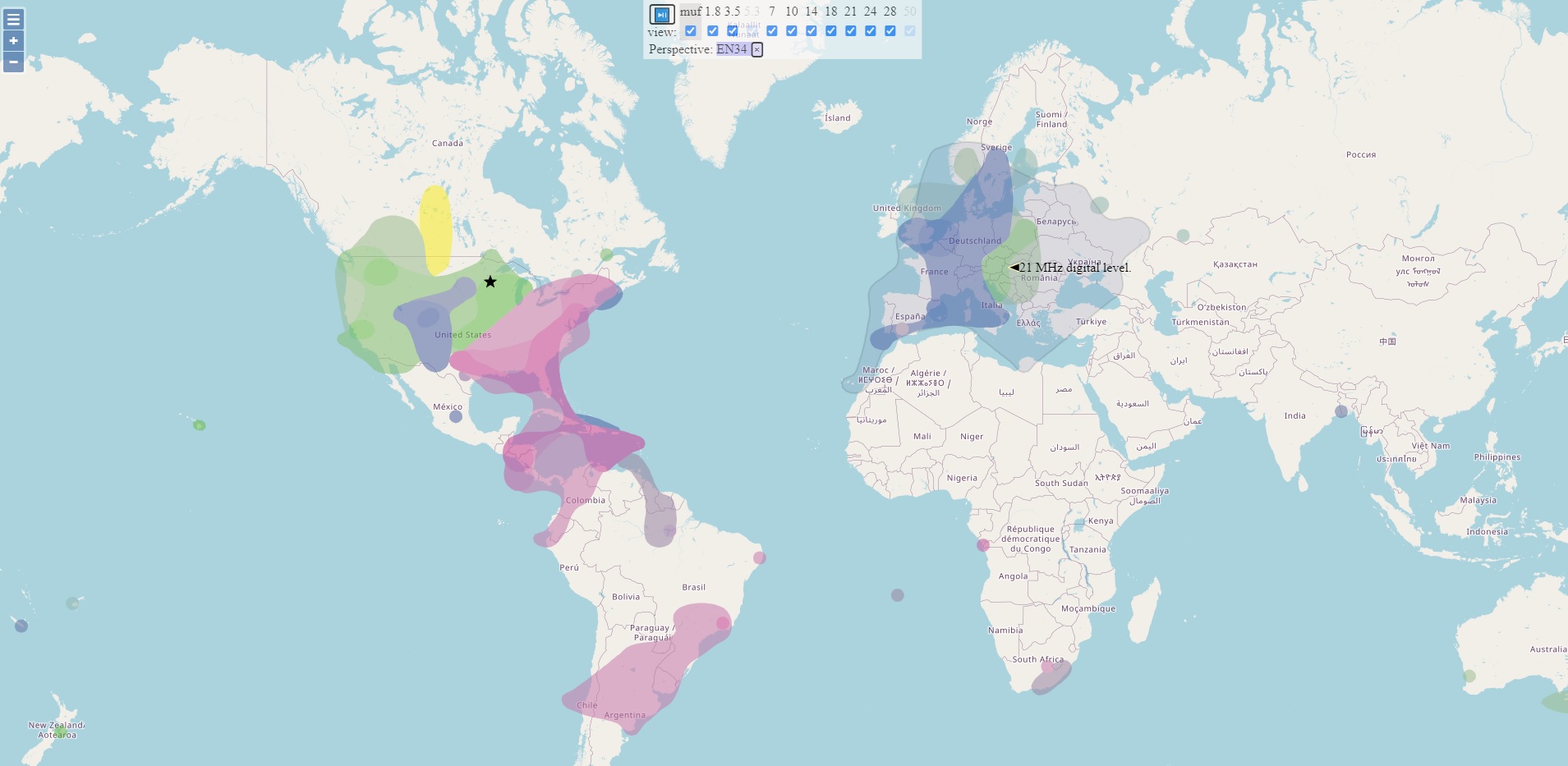
HF Propagation Map Helps You Visualize HF Propagation Minnesota Ham Radio
HF Radio: Weak or minor degradation of HF radio communication on sunlit side, occasional loss of radio contact. Navigation: Low-frequency navigation signals degraded for brief intervals. More about the NOAA Space Weather Scales. Space Weather Summary. Solar Wind Speed: km/sec;

HF Propagation
The current HF propagation conditions can be assessed by a variety of approaches: Track the actual band activity using DX clusters and/or Listen to the HF bands, using your own rig, WebSDR, KiwiSDR, or monitor Beacons Watch regional MUF maps

HF Radio Propagation Tools You Can Use Making It Up
Undestanding HF Propagation Numbers Understanding current HF band conditions is always important when you want to plan your time on amateur radio bands, and this is also crucial when you need to predict HF band openings, in example, during ham radio contests.

G0KYA's Amateur Radio Blog HF Propagation charts for the UK updated
Propagation NOAA STI :Product: Geophysical Alert Message wwv.txt :Issued: 2024 Jan 04 1805 UTC # Prepared by the US Dept. of Commerce, NOAA, Space Weather Prediction Center # # Geophysical Alert Message # Solar-terrestrial indices for 03 January follow. Solar flux 140 and estimated planetary A-index 11.

HF Signal Propagation and Frequency Accuracy
HF Propagation Tutorials & Plates Space Weather Extreme-UV from Sunspots Enhances Ionisation X‑Ray Flares More D‑Layer Absorption Polar Cap Absorption due to Solar Particles Relativistic Electrons QRN K p Geomagnetic Disturbance Index Auroral Noise on Low HF Space Weather Alerts Atmospheric Noise Lightning Strikes QRN & Sporadic Es Higher HF

HF Signal Propagation and Frequency Accuracy
DX propagation conditions can be estimated by using at least one of the following options: 3.1 Using DX clusters, you can immediately track or trace actual radio amateur band activity. 3.2 Listen on the ham bands with your own rig 3.3 Listen using WebSDR / KiwiSDR devices 3.4 Monitor worldwide Beacons 3.5 Watch real-time MUF maps accesible via internet 3.6 Simulate the current ionospheric.
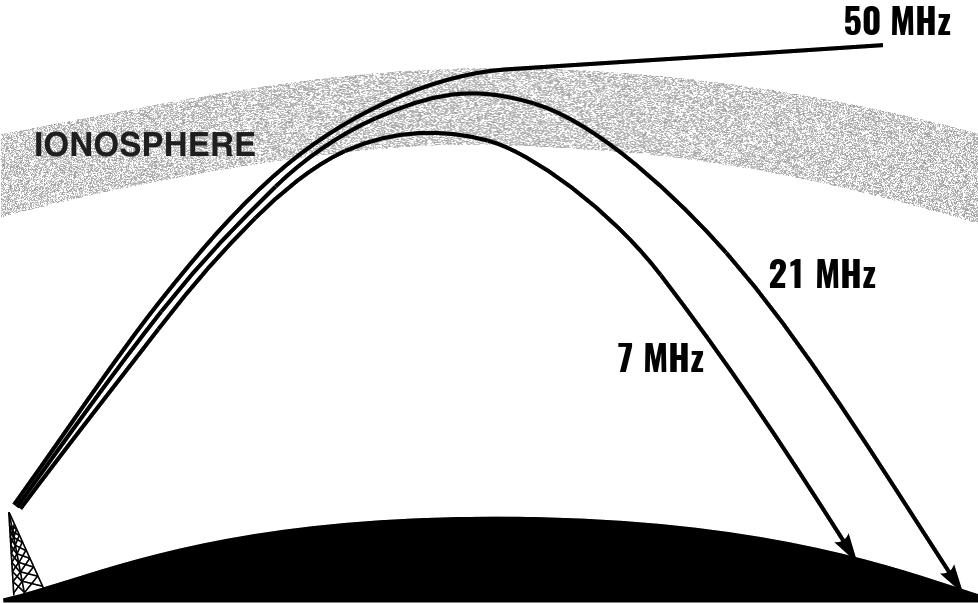
HF Propagation Tutorials & Plates
Use the indicated color (red, yellow, green, blue, white, etc.) to determine the recommended HF frequencies for contacts from your nearest BASE (New York, Boston, Atlanta, Orlando, Kansas City, Phoenix, San Francisco, and Seattle). Any white "bubble" indicates no suitable frequency or high absorption.
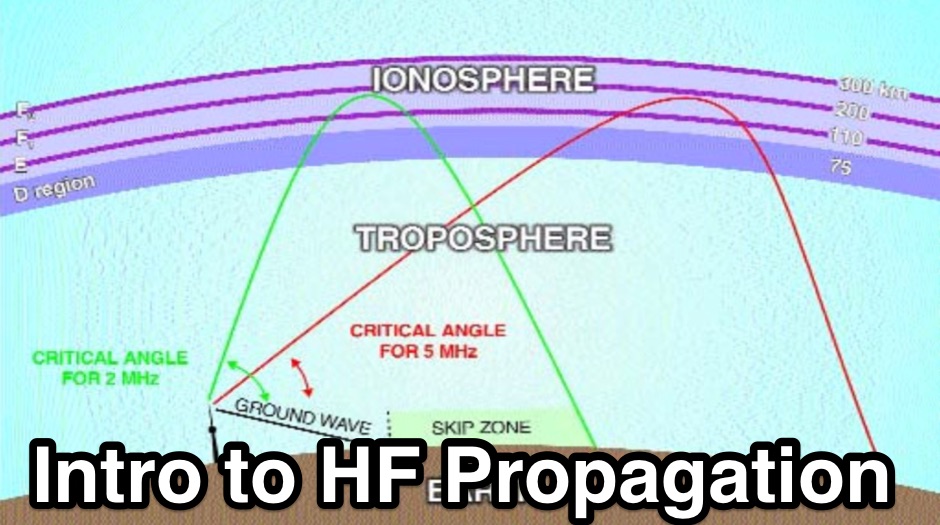
An Introduction to HF Propagation Resource Detail The
The outermost F layer supports the majority of long range (skywave) HF propagation while the innermost D layer primarily absorbs 160M, 80M and 40M signals during the day. Ionization (during the day) and dissipation (during the night) is a daily process impacting HF band performance.